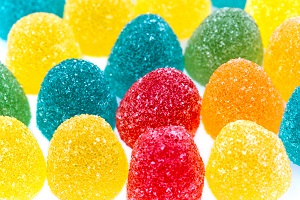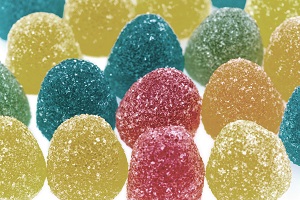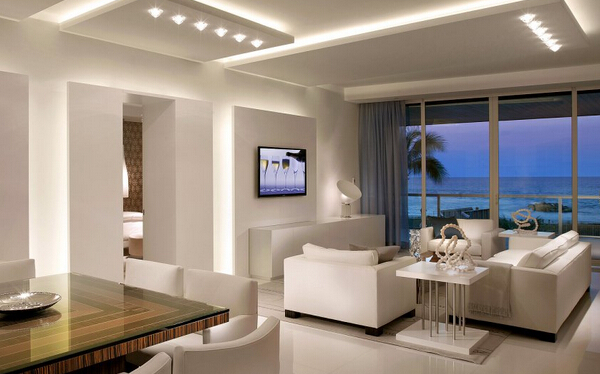TM-30-15: A New Method for Measuring Color Rendition
Illumination Engineering Society’s (IES) TM-30-15 the most recently developed method of evaluating color rendition, is garnering a lot of attention in the lighting community. TM-30-15 seeks to supplant CRI as the industry standard for measuring color rendition. We at Bridgelux have observed significant interest in TM-30-15 among our customers. This blog answers some of the common questions we hear from them.
What is TM-30-15?
TM-30-15 is a method of evaluating color rendition. It comprises three primary components:
1. Rf- a fidelity index that is similar to the commonly used CRI
2. Rg- a gamut index that provides information about saturation
3. Color vector graphic- a graphical representation of hue and saturation relative to a reference source
More details about the TM-30 method can be found on US Department of Energy website.
What are the differences between TM-30-15 and CRI?
There are a few important differences.
First, CRI provides information only about fidelity, i.e. the accurate rendition of color such that objects appear similar to how they would under familiar reference illuminants such as daylight and incandescent light. However, CRI doesn’t provide any information on saturation. The picture below shows two images with the same CRI and different levels of saturation. While the images obviously look very different because of different saturation levels, CRI doesn’t provide a mechanism of describing these differences. TM-30-15 uses the Gamut Index (Rg) to describe differences in saturation. For more information, refer to the webinar co-sponsored by the IES and DOE.


Second, whereas CRI uses only eight color samples to determine fidelity, the TM-30-15 uses 99 color samples. A lighting manufacturer could ‘game’ the CRI system by ensuring that certain peaks of the light source spectra matched one or a few of the eight color samples used in calculating CRI and thus achieve an artificially high CRI value. Such an artificially high CRI value would result in a lower TM-30-15 value since TM-30-15 has 99 color samples. After all, matching spectrum peaks to 99 color samples is very difficult!
Bridgelux and other brands manufacture white LEDs with a broad spectrum and don’t try to inflate CRI with artificial peaks that match the eight CRI color samples. Because of these broad spectra, the CRI score and Rf index in TM-30-15 are expected to be similar. Indeed, upon using the TM-30-15 method, we found that most Bridgelux products have CRI and Rf scores that are very similar and differ by only 1-2 points.
There are other differences between TM-30-15 and CRI—details can be found at the webinar co-sponsored by the IES and DOE.
Great! TM-30-15 seems to provide more information than CRI. Which TM-30-15 values are ideal for my application?
The answer is, “it depends.” Similar to CRI, TM-30-15 is not prescriptive in defining metrics that would be ideal for a given application. Instead, it is a procedure for calculating and communicating color rendition.
The best way to ensure a light source works well in an application is to test it in the application. As an example, look at the picture below:

The TM-30-15 color vector graphic on the left shows the relative saturation of different hues of the Bridgelux Décor Series™ Food, Meat & Deli LED, which is shown illuminating a meat sample on the right. The Décor Meat product looks ‘reddish’ to the eye and was specifically designed to be used by the food, restaurant and grocery industry. However, the color vector graphic indicates that the Décor Meat spectrum is under-saturated in red and over-saturated in green and blue relative to the reference source—the very opposite of how the spectrum looks like to the human eye.
This is just an example of why TM-30-15 and CRI can’t predict values that would be ideal for a particular application. In addition, the TM-30-15 applies only to ‘nominally white’ sources and doesn’t work well with specialty color points such as the Décor Food, Meat& Deli.
No single method can specify the optimum light source for an application and experimentation is the best way to identify the optimum light source. In addition, when updated, the IES DG-1 standard will include some design guidance.
Are TM-30 scores available for Bridgelux products?
Yes- please contact your sales representative to obtain TM-30-15 values for Bridgelux products.


